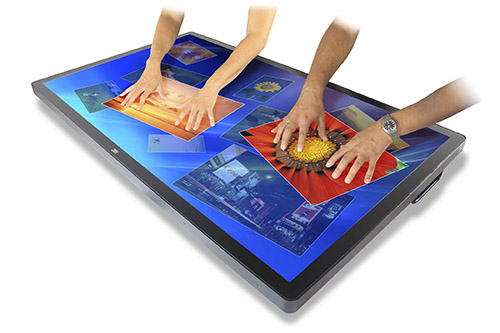Touchscreen technology has transformed the appearance and functionality of amusement machines, writes Simon Liddle.

TOUCHSCREEN technology has revolutionised the way we interact with technology; today’s handheld electronics, for example, are now far more intuitive than ever before. Touchscreens have had an equally significant impact upon the design of pay-to-play amusements, with a huge number of products now featuring such technology to offer an entirely new type of game play.
“The rapid rise in the number of interactive devices that we all come into contact with in the form of smartphones, laptops and tablets that are in constant use in our everyday domestic life is changing the way that the end user/consumer expects to interact with displays they encounter elsewhere,” said Dave Williams, EMEA sales manager at 3M, which among a vast array of industry sectors, provides touchscreens to the gaming industry.
Touchscreen technology initially started out life as a curved solution back in the days of CRTs, Williams explained. In recent decades, however, touchscreens are almost exclusively flat solutions used with a TFT or LCD.
“In the last 10 years a broader range of technologies have developed, all offering their own unique benefits and sometimes inherent weaknesses, which may mean they are better suited for certain applications or markets. The relatively quick change in user expectations has driven a move from predominantly single touch to dual touch and more recently full multi-touch solutions.”
Now, with the wider availability of such technology in consumer electronics, when users see a flat glass black border around the edge of a display, they “expect” it to have multi-touch capabilities to pinch, zoom, swipe and rotate images, text and applications, he added.
3M’s SCT3250EX surface capacitive touchscreen technology is widely used across the gaming market. The company also offers a projected capacitive multi-touch solution for a flat front surface/bezel-less solution, designed to provide fast, accurate multi-touch interactivity.
Read the full article in the November issue of InterGame.

